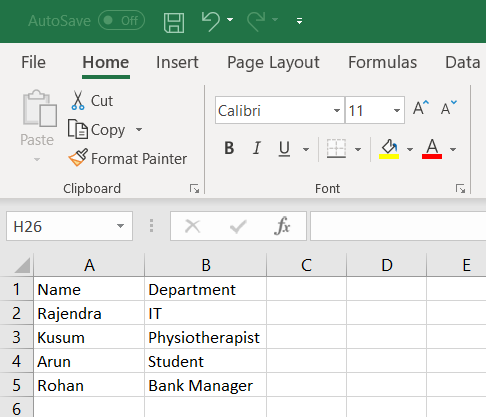

The Row Groups pane displays the hierarchical static and dynamic members for the row groups hierarchy and the Column groups pane shows a similar display for the column groups hierarchy.Ĭlick the static member that corresponds to the static member (row or column) that you want to remain visible while scrolling. On the right side of the Grouping pane, click the down arrow, and then click Advanced Mode. The Grouping pane displays the row and column groups. On the design surface, click the row or column handle of the tablix data region to select it. To display a static row or column on multiple pages In Column Headers, select Repeat header columns on each page. To display column headers on multiple pages In Row Headers, select Repeat header rows on each page.

Right-click the row, column, or corner handle of a tablix data region, and then click Tablix Properties. If the tablix data region has only a tablix body area and no group headers, the rows and columns are tablix members.įor static members, you can display the top adjacent rows or the side adjacent columns on multiple pages. Row and column group headers are created automatically when you add groups by using the New Table or Matrix wizard or the New Chart wizard, by adding fields to the Grouping pane, or by using context menus. When you click in a tablix data region that has group headers, a dotted line shows the tablix areas, as shown in the following figure: How you control the rows and columns depends on whether the tablix data region has group headers. You can control whether to repeat row and column headers on every page of a paginated report for a tablix data region (a table, matrix, or list) that spans multiple pages. APPLIES TO: ✔️ Microsoft Report Builder (SSRS) ✔️ Power BI Report Builder ✔️ Report Designer in SQL Server Data Tools


 0 kommentar(er)
0 kommentar(er)
